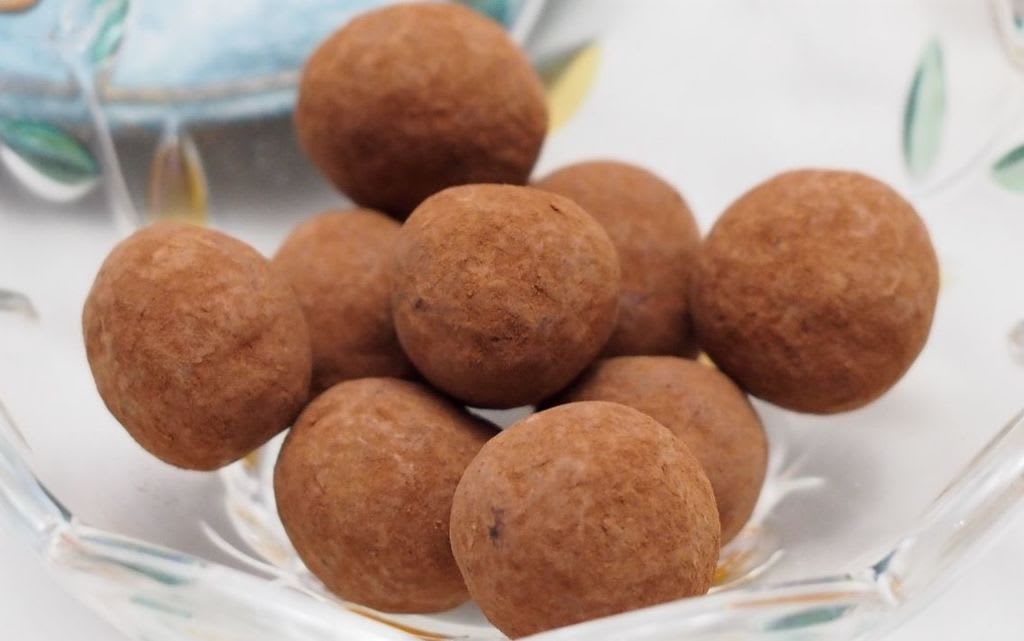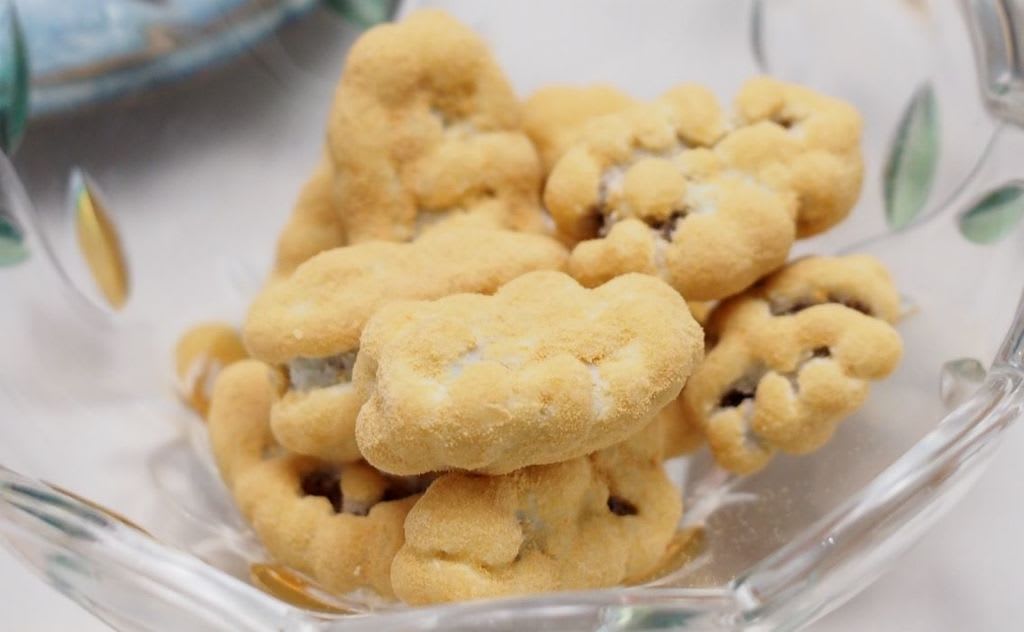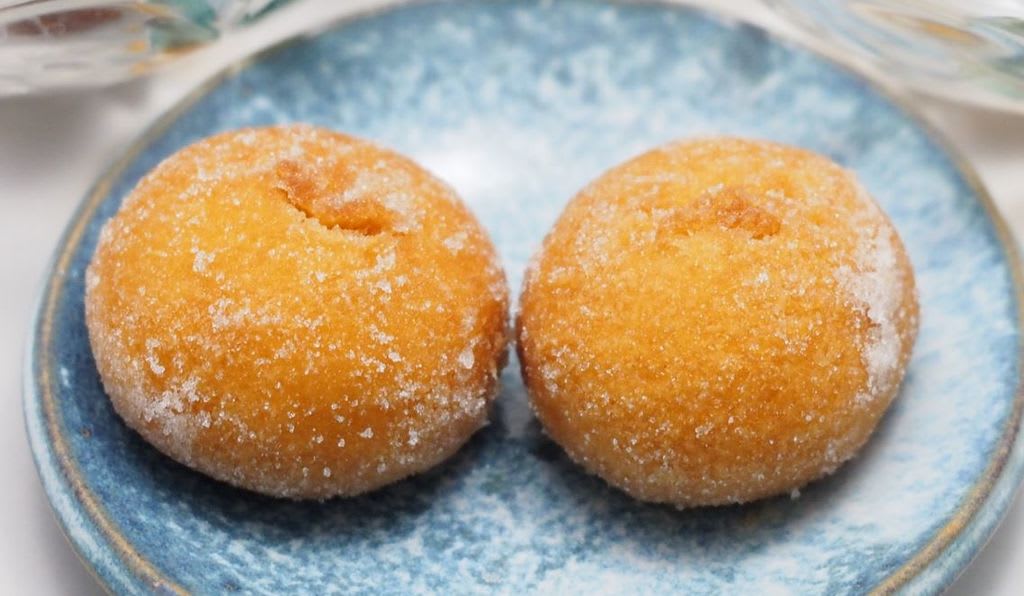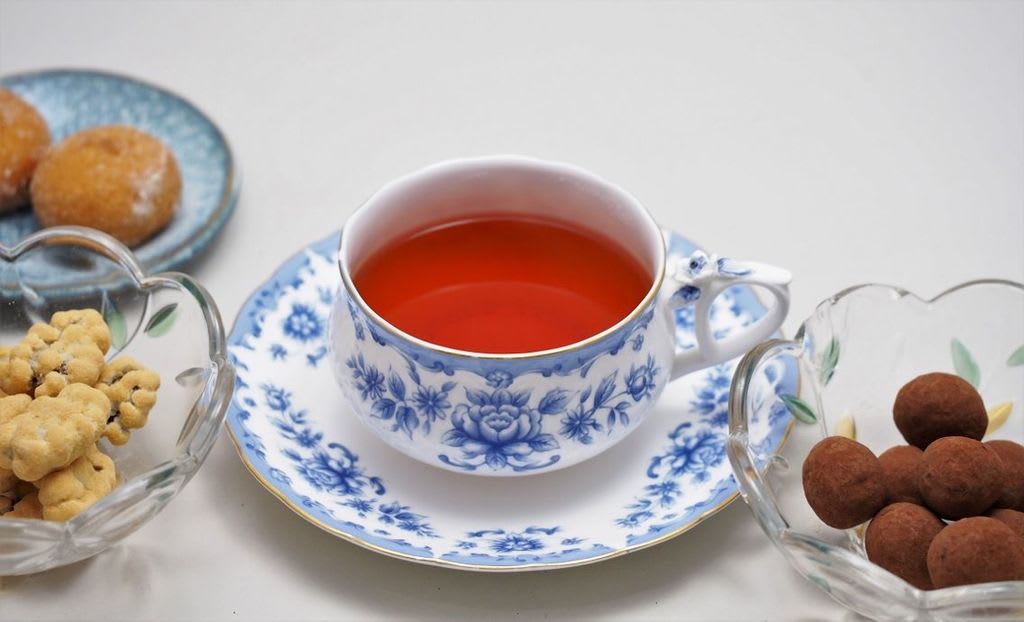



Ampokaki( Partially-dried Japanese persimmon ) as Today's Sweet on Feb.10, 2017. Persimmon fruit has been consumed not only as fresh but also as dried fruit since ancient times in Japan. Dried persimmons, or Hoshi-gaki in Japanese, have been made as preserved food and probably also for medicinal use since the 5th to 6th centuries in China and the 10th century in Japan. White sugary powder obtained by scraping the surface of dried fruit was once a precious sweetening in both countries. 8 to 9% of total persimmon fruit has been processed as dried fruit in recent years.

Commercial cultivars most suitable for making dried fruit are only limited to several ones. The general procedure for making dried fruit is described in detail. A cooler and drier climate is favorable for making dried fruit. Two types of product are made depending on moisture contents: one with ≈30% moisture content (called Koro-gaki in Japanese) and the other with ≈50% moisture content (called Ampo-gaki in Japanese). Fruits with ≈50% moisture content are tender but they cannot be preserved as those with ≈30% moisture content. Fruits with ≈30% moisture content usually form white powder on their surface. The average wholesale price of high quality product is very high and it is counted as one of the highest priced fruits in Japan.

あんぽ柿ところ柿の違いは乾燥の度合である。資料によって多少の差はあるが元の重さの40~50%程度の状態で乾燥を止めたものがあんぽ柿で、25~35%程度まで乾燥させたものがころ柿で白粉がふいている。